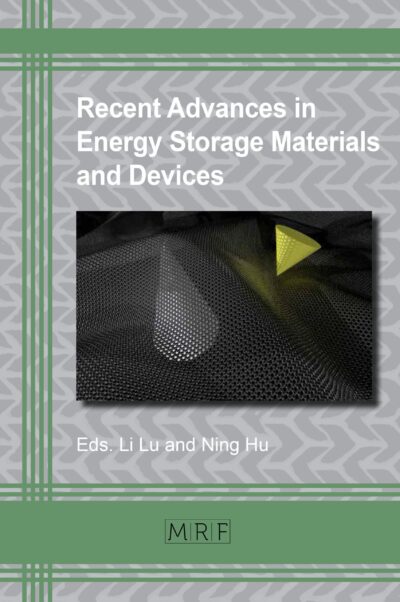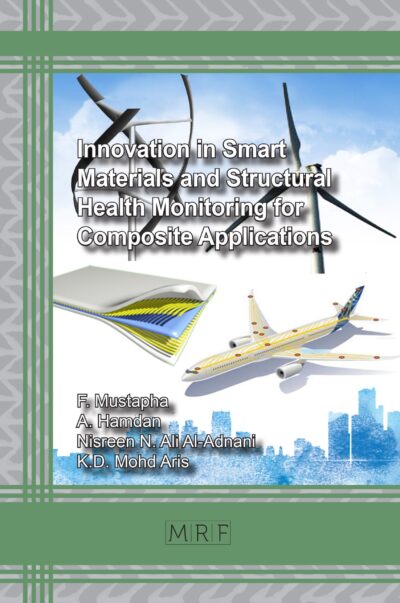Inkjet Based 3D Additive Manufacturing of Metals
Mojtaba Salehi, Manoj Gupta, Saeed Maleksaeedi, Nai Mui Ling Sharon
Materials Research Foundations Volume 20
Publication Date 2018, 158 Pages
Print ISBN 978-1-945291-44-9 (release date January 2, 2018)
ePDF ISBN 978-1-945291-45-6
DOI: 10.21741/9781945291456
Additive Manufacturing (AM) is a highly promising rapid manufacturing process. Based on incremental layer-upon-layer deposits, three dimensional components of high geometrical complexity can be produced; applications ranging from aerospace and automotive to biomedical industries. Laser, electron beam and wire-based techniques are reviewed.
Particular emphasis is placed on 3D inkjet printing of metals, which is reviewed here in great depth and for the first time. This is an ambient temperature technology which offers some unique advantages for printing metals and alloys, as well as composite and functionally graded materials. Material selection guidelines are presented and the various deposition techniques and post-printing treatments are discussed; together with the resulting properties of the printed components: Density, shrinkage, resolution and surface roughness, porosity-related and mechanical properties, as well as biological properties
The various metal printing techniques are compared with each other and case studies are referred to.
Keywords
Additive Manufacturing, Inkjet Printing of Metals, 3D Printed Components, Laser Melting, Laser Sintering, Laser Powder Deposition, Material Selection Guidelines for Inkjet Printing of Metals, Biological Properties of AM Metals, Surface Properties of AM Metals, Porosity of AM Metals, Shrinkage of AM Metals, Mechanical of Properties of AM Metals, Density of Properties of AM Metals
Table of Contents
Chapter 1: Overview of Additive Manufacturing Processes for Metals 1Chapter 1: Overview of Additive Manufacturing Processes for Metals 1
Chapter 2: Methods for Inkjet 3D Printing of Metals 22
Chapter 3: Material Selection Guidelines For Inkjet 3D Printing 34
Chapter 4: Inkjet Printing and Post Printing 62
Chapter 5: Overview of Inkjet 3D Printed Metals and Their Key Performance Indicators 94
Chapter 6: Industry Frontiers and Applications 135
paperback flyer eBook flyer

















